How could it possibly go wrong? The magnetic, seething Russian star Natalia Osipova playing the tragic woman in John Singer Sargent’s magnetic, enigmatic portrait of Madame X, all alabaster skin, black dress and arrogantly sexy profile. A Mark-Anthony Turnage-commissioned score, a top-prestige Bolshoi co-production, and enough scenery to rebuild Canary Wharf.
If only Christopher Wheeldon’s new Covent Garden ballet Strapless were a scandal, like the portrait itself when originally unveiled in Paris in 1884, or like Kenneth MacMillan’s Manon at its première. If only it could be dubbed a tasteless exhibition of an undesirable type of female.
Instead, it’s just a polite little flop, vastly over-decorated, overcomplicated, and with a whiff of evasion about it. Rather than focusing on what Mme Osipova was surely hoping for — a big, meaty, tragic ballerina role about the society beauty who paid for her temerity in letting a shoulder strap slip for her portrait — we have something more like a passing plot strand in Downton Abbey, a costume parade with little dance interest. Even the latent homoeroticism is barely more than a hand on the waist here, a meaningful glance there — despite the full-on kiss between Sargent and his friend Belleroche, which might stir the Orthodox pigeons in the Bolshoi roof when the production is done there next year.
It’s strange how British ballet has fallen behind the contemporary dance sector when it comes to storytelling and emotion. Now, even if they have less money for ‘plots’, as such, it’s dance-makers such as Kim Brandstrup, Matthew Bourne, Arthur Pita, Jonathan Burrows, Crystal Pite, Akram Khan, Javier de Frutos and Mark Bruce who are unafraid of emotion, of the power of body language and music, choreographers who know how to wring the public’s heart.
But Wheeldon and Wayne McGregor, the Royal Ballet’s golden boys, were raised in the plotless, abstractly physical aftermath to this country’s expert storytellers, MacMillan, Ashton and Cranko. It’s a sad mistake to assume that simply handing the golden boys a vast scenery budget and a composer will produce the goods — i.e., a work whose emotional and theatrical force matches its length and packaging.
Now Strapless will be added to the list of half-baked, over-stirred, under-edited creations under Kevin O’Hare’s dispiriting directorship. Wheeldon is, of course, very talented. In the other two pieces on the bill, After the Rain (2005, New York City Ballet) and Within the Golden Hour (2008, San Francisco Ballet), he shows his easy accomplishment in fluid, asexual, articulate Americanese ballet movement, while regularly satisfying the punters’ need for sweets with a fancy Leonardo DiCaprio/Kate Winslet-in-Titanic pose. I admired his stagecraft in An American in Paris, and it deserves its worldwide success.
However, Strapless is a character fable with a ballsy, scary female and — unlike Ashton or MacMillan — Wheeldon scoots away from the emotional prospect. As with his Alice, and McGregor’s Raven Girl, he’s prioritised the luxurious frame over the content. So let’s look at the painting.
Its sexual arrogance is almost masculine. Who was this young woman, Amélie Gautreau, an American in Paris herself — so bold in her behaviour, not expecting to be destroyed by her nonconformism? MacMillan or Ashton would have nailed it choreographically, one with the sex, the other with the dresses. Wheeldon is weedy with the dresses — swish, swish — and laughable with the sex, which appears to be modelled on Duracell rabbits.
On first night Osipova pulled out all her considerable dramatic stops — she dealt with dignity with the copulation (which wins the 2016 Critics’ Circle Bad Sex Award effortlessly), and her piteous tremblings at the end as the ghost of Amélie, stripped bare of her finery, staring in horror at the future when her portrait would be drooled over by coach parties, were evidence of her wholesale commitment to a signature role on her Royal Ballet CV. Alas, our Nat was not in a MacMillan ballet. The second-night Amélie, Lauren Cuthbertson, who has the better nose for the painting, did better by flouncing about haughtily like Lady Mary, oozing aristo entitlement, not looking too closely for any actual steps to do.
A serious problem is Turnage’s cheap-sounding Broadway-pastiche music, which manages to be both insistently prescriptive and yet unmemorable. But then this was his second draft, he told Radio 4, after Wheeldon thought the first one wasn’t period enough. And this one was? Mistake.
You leave with no sense of the people in the real story, the temperature or savour of the times, nor of the dancers involved. Too much with the bustles and hats, miming and posing handsomely. The corps de ballet is pathetically underused, yet again — all that painful daily training, so little to do.
Could Wheeldon rescue Strapless? Sargent repainted the offending shoulder more demurely, and rescued his career. Wheeldon needs to do the opposite, reinvent the ballet, give it guts musically, choreographically — but most of all, emotionally. If he hasn’t the heart for it, this will be the hardest thing.
Got something to add? Join the discussion and comment below.
Get 10 issues for just $10
Subscribe to The Spectator Australia today for the next 10 magazine issues, plus full online access, for just $10.

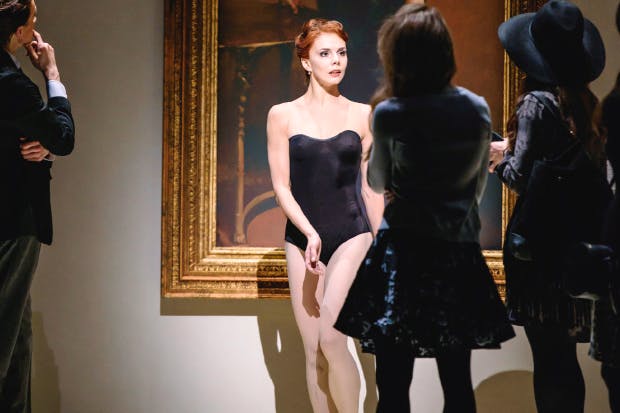
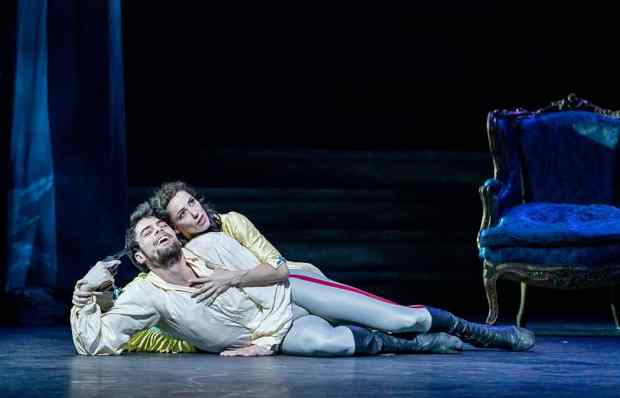
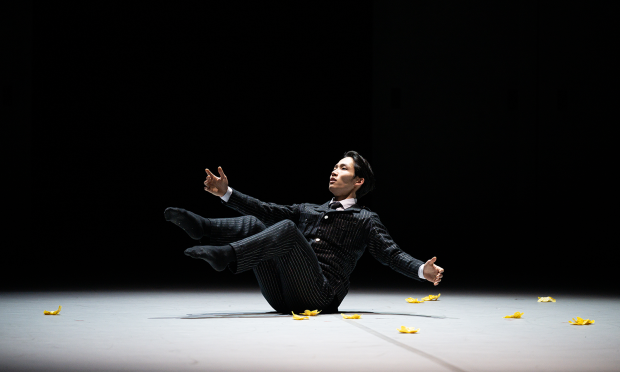
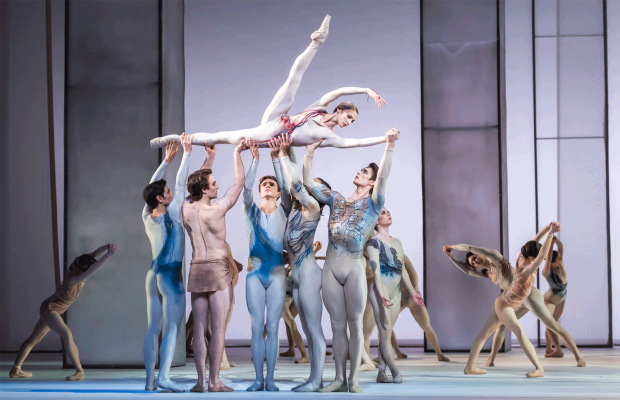

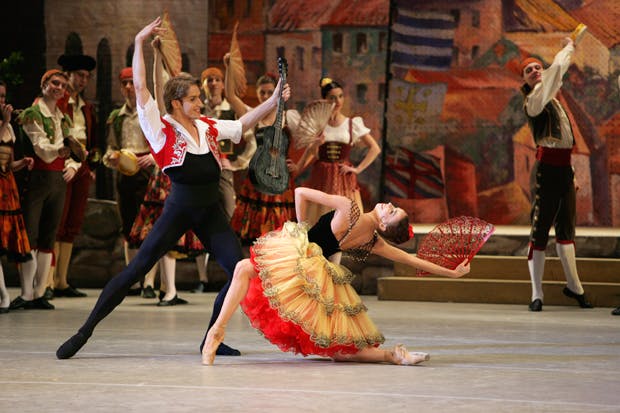
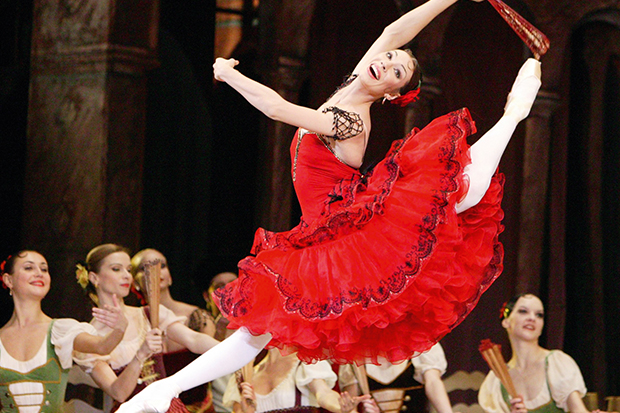






Comments
Don't miss out
Join the conversation with other Spectator Australia readers. Subscribe to leave a comment.
SUBSCRIBEAlready a subscriber? Log in